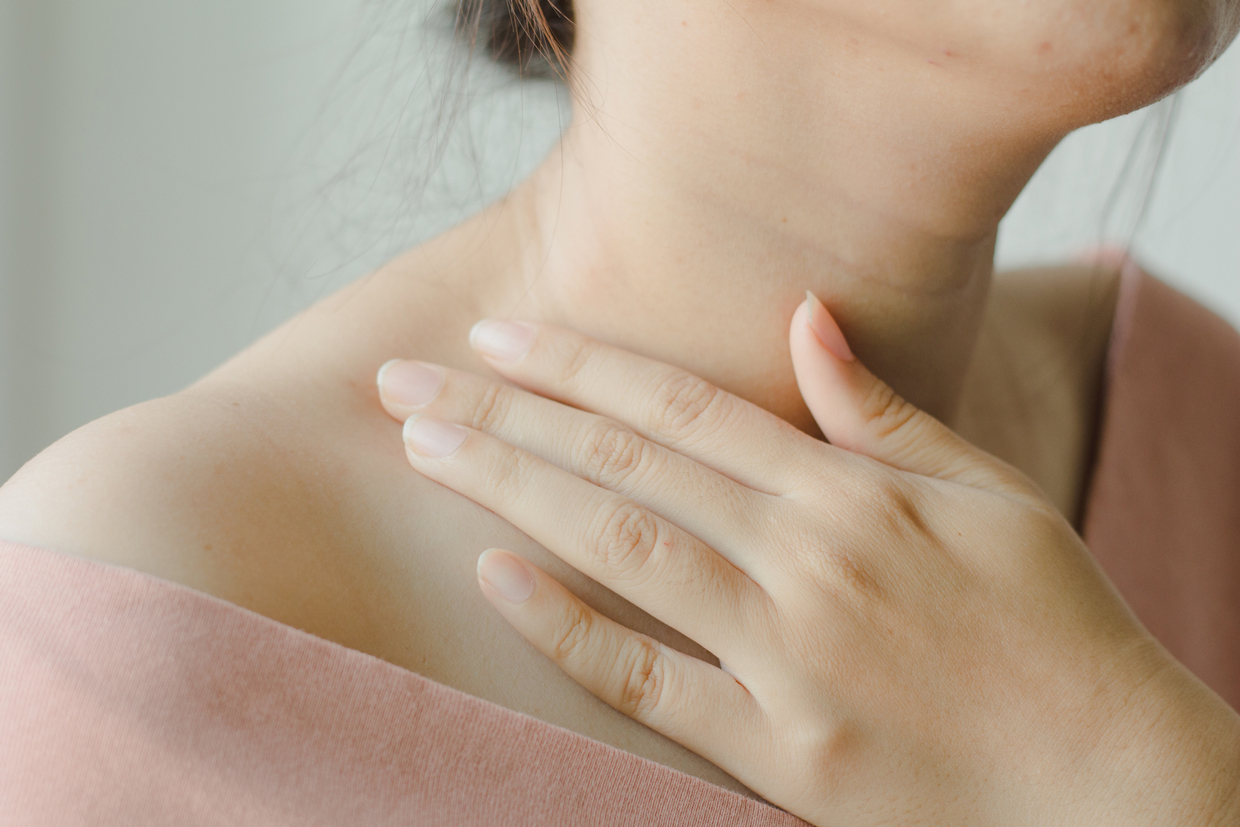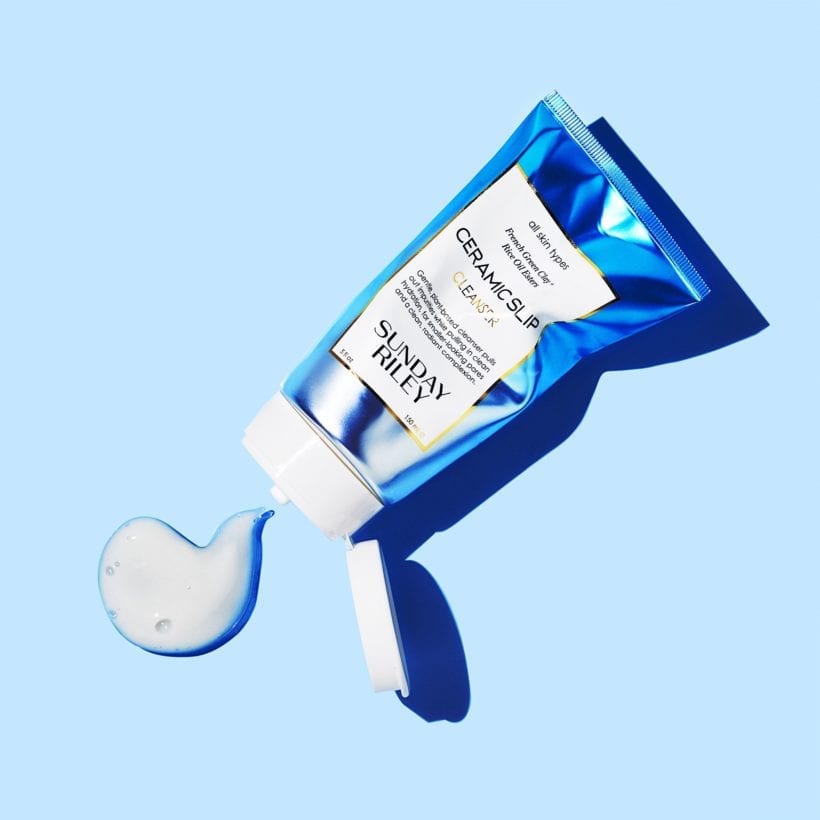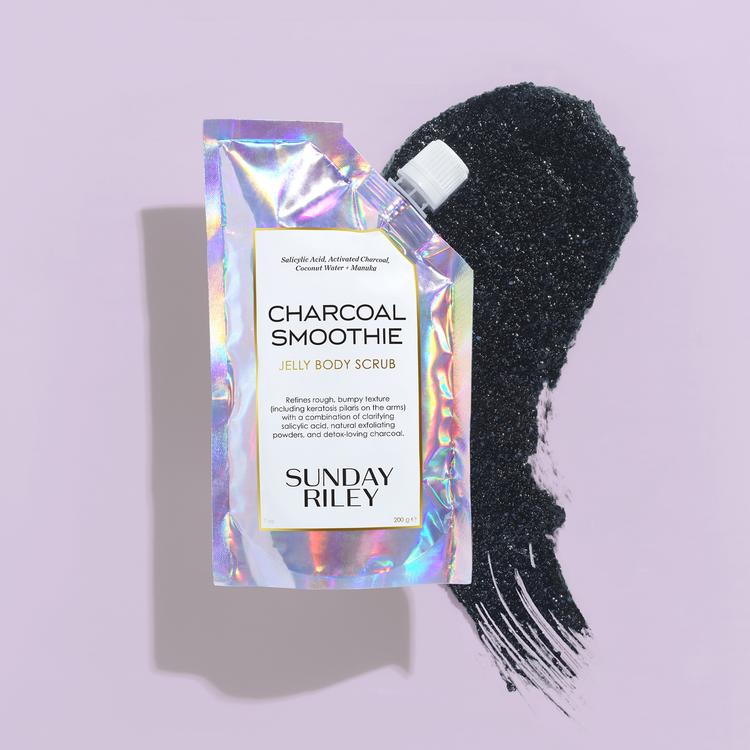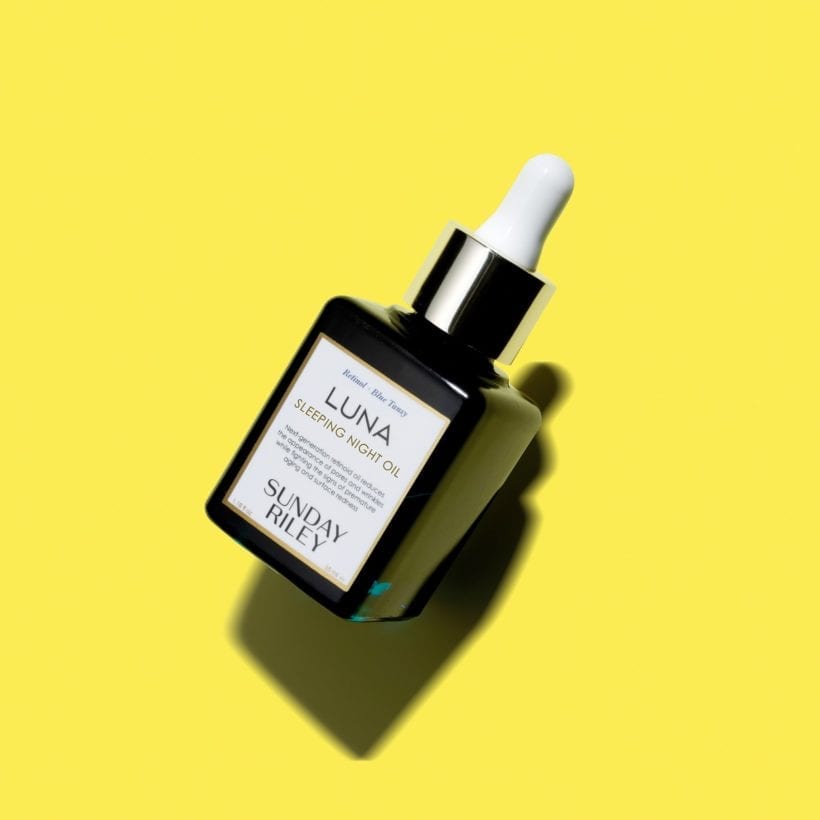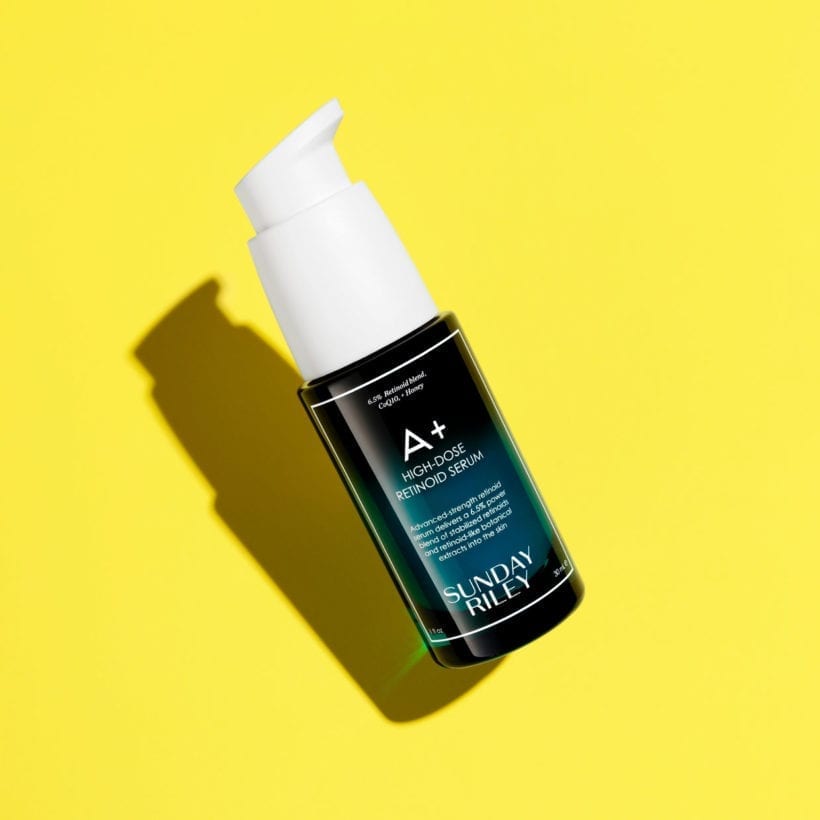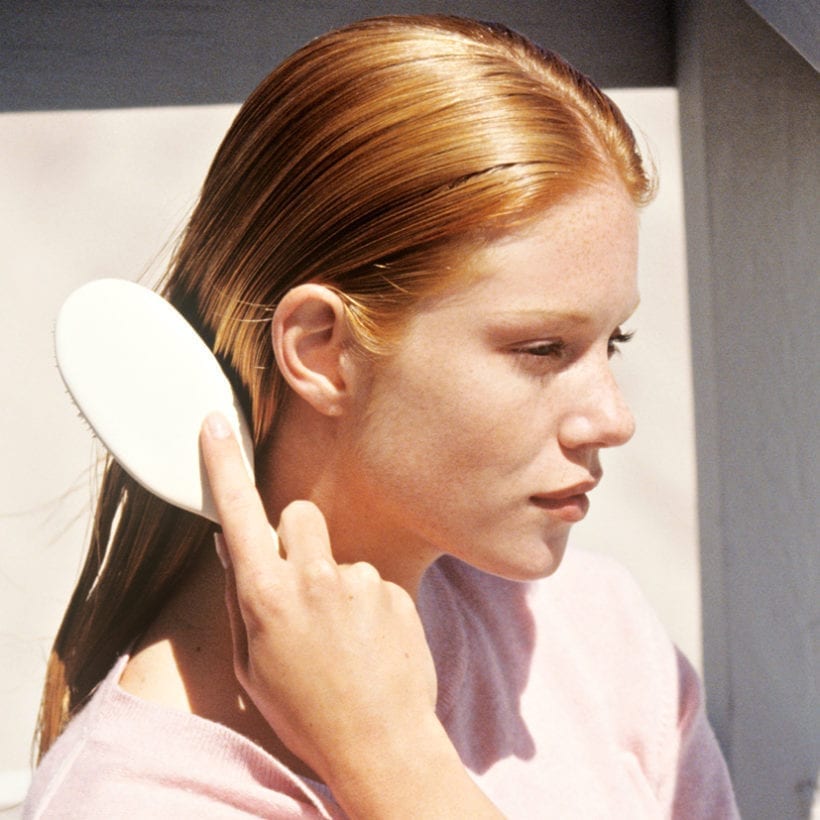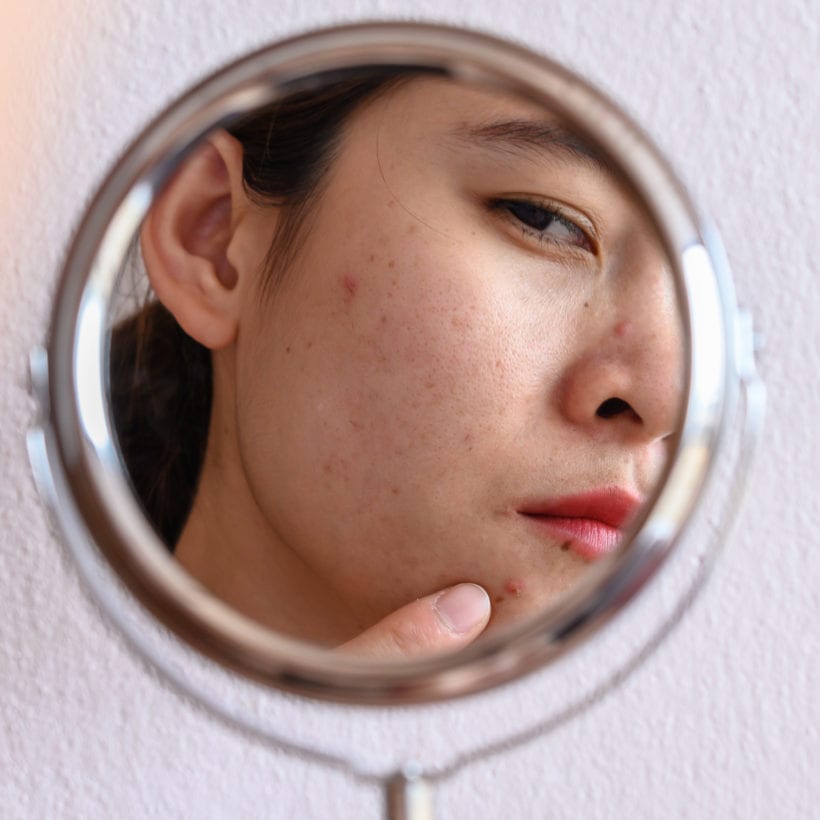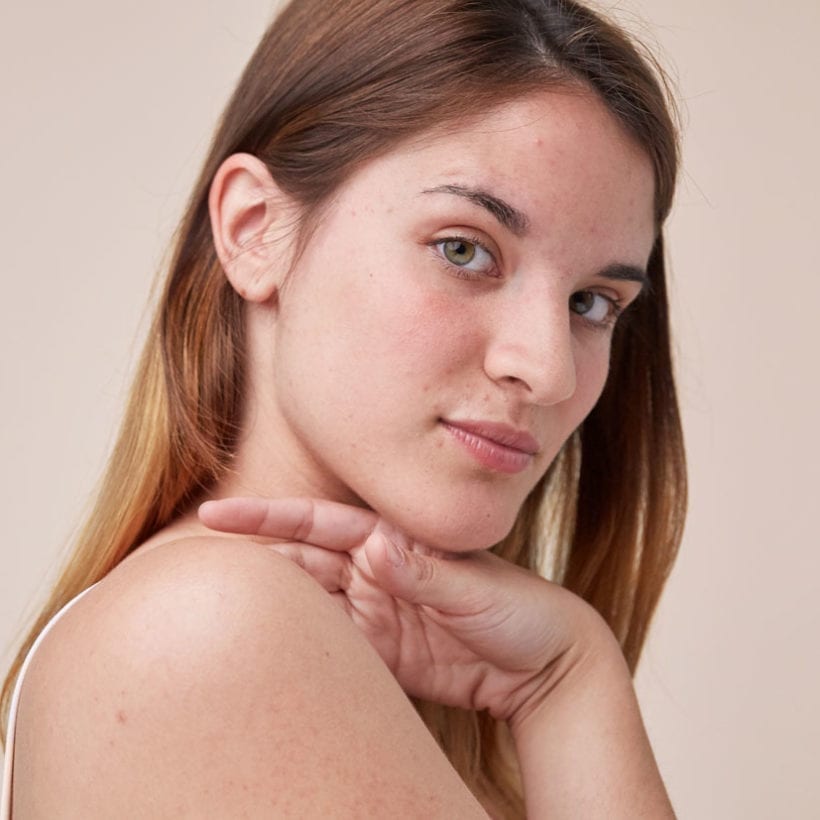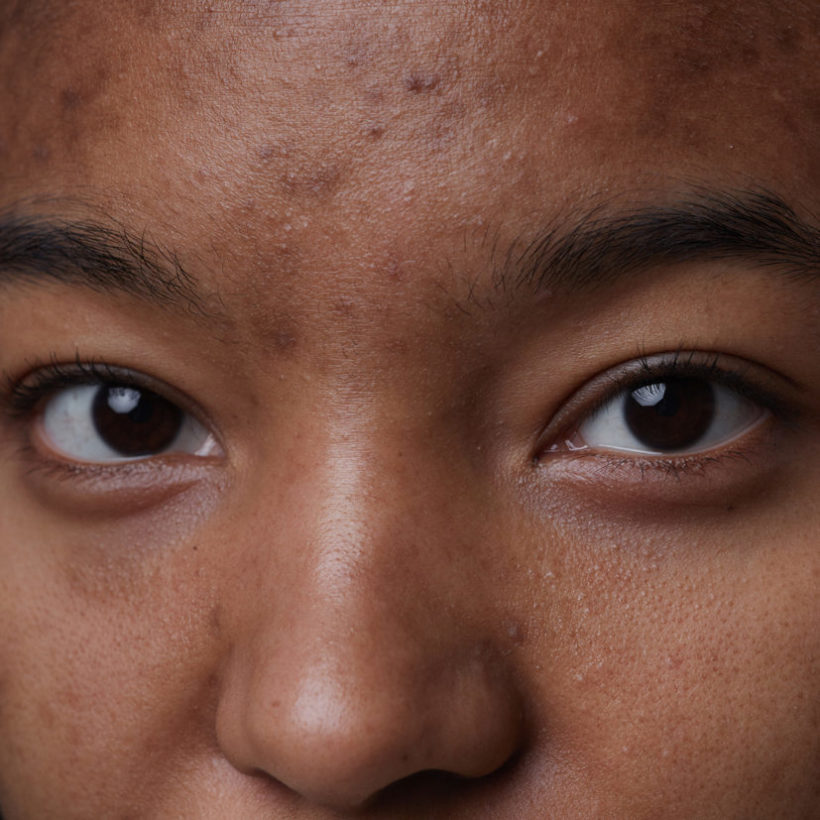If you’re prone to breakouts, you know that they never discriminate when it comes to location. In fact, you can get acne anywhere on your body, including your face, back, shoulders, scalp, and even your neck. That last one is actually more common than people realize — and can quite be especially pesky to treat and conceal.
Meet the Experts
Loretta Ciraldo, M.D., a Miami-based dermatologist.
Simone McKitty, M.D., a dermatologist in Torrance, California.
In fact, if you have acne on your face, you’re likely to develop it on your neck, notes Loretta Ciraldo, M.D., a Miami-based dermatologist. However, she points out that breakouts in this area are more commonly of a recent onset compared with T-zone acne, which generally has a long duration. “If acne involves the undersurface of the chin or the neck it may well be from a preventable cause,” she says. “If the cause can be determined and addressed it will often be cleared.”
As it turns out, there are plenty of factors that can cause acne to crop up on your neck area. One of the main causes, which is the main cause of acne anywhere else on your body, is hormonal fluctuations caused by an influx of hormones from menstruation, polycystic ovarian disease, menopause, or increases testosterone, notes Simone McKitty, M.D., a dermatologist in Torrance, California.
Surprisingly, one of the biggest causes of neck acne has to do with the hair care products you’re using, especially if you know you started a new haircare product within 3-4 months of the breakout or your acne is more concentrated on the side where your hair falls, notes Dr. Ciraldo.

Another factor is a superficial bacterial infection of the skin that can happen after picking at a lesion often or an infected bite. “The infection spreads to the neck area and the lesions are often identical in appearance to acne breakouts,” says Dr. Ciraldo. “Look for any area that has a honey-colored crust or pus on the ‘pimple’ and this will identify it as a skin infection as the cause of your breakout.”
The last main cause of neck acne is from wearing heavy materials, including wool and black scarves around the neck. “We see this in the colder months, and it is often pretty traceable to the garments you may be wearing as the cause of the issue,” says Dr. Ciraldo. “It is a bit like ‘maskne’ caused by mask-wearing if you are living or visiting a climate where you need to bundle up with a heavy scarf for long periods of time.”
If you’re dealing with neck acne, you’re probably on the hunt for a quick fix. Here, dermatologists share the best ways to treat acne on your neck.
Keep the area clean
It’s important to keep up with your hygiene, especially in the areas where you’re experiencing breakouts. “Whether it is makeup and hair care product residue on the neck, sweating after a workout, or irritation from clothing, you want to make sure to keep the neck skin clean,” says Dr. Massick. She suggests using the same cleansers and medications that you’re using to combat acne on the face on your neck area as well. “Simple cleanser ingredients such as salicylic acid, sulphur or sodium sulfacetamide, or benzoyl peroxide can be helpful to decrease sebum and wash away bacteria and daily grime buildup,” she says. “Medications that combat blackhead and whiteheads (comedones), such as topical retinoids, can help decrease sebum production as well.”
Switch to sulfate-free shampoo
If you suspect that your hair care could be causing acne to show up on your neck or see that the acne is worse around the side where your hair falls, Dr. Ciraldo suggests changing to a clear, sulfate-free shampoo. In addition, she recommends avoiding hair care that has artificial fragrance or color skin, as these two ingredients can also cause acne. “If your acne is longstanding or difficult to clear, start to use a 3 percent salicylic acid shampoo, available at the drugstore, like Neutrogena T-Sal Shampoo.”

Use retinol
An over-the-counter or prescription retinoid will help neck acne, however, because the skin on the neck is thinner, Dr. McKitty notes that it’s important to use an appropriate strength in conjunction with a gentle non-comedogenic moisturizer, as well as using a very small amount to the affected area. “OTC creams and gels for acne that contain between 0.025 and 10 percent of salicylic acid or benzoyl peroxide can also be tried in lieu of a retinoid, particularly for milder cases,” she says. “Always remember to use a thin layer only.”
Rethink your shaving
If you shave your neck area, be extra careful not to irritate the skin, as doing so could lead to breakouts related to inflammation of hair follicles and ingrown hairs from shaving, warns Dr. Massick. On that note, she recommends shaving with the grain without stretching the skin and using shaving cream with a single blade razor or electric razor. “Consider laser hair removal if you get frequent neck and beard irritation,” she says. “By reducing hair volume, you’ll be less likely to develop folliculitis bumps and may be able to shave less frequently.”
Make a visit with your dermatologist
Especially if your neck acne is hormonal, which most acne is, it is best to seek the advice of a physician. In most cases of hormonal acne that’s recurring, a prescription-strength product is necessary, notes Dr. McKitty. “Oral contraceptives, anti-androgen medicines such as spironolactone, as well as topical retinoids are often used alone or in combination,” she adds. “Oral contraceptives specifically used for acne treatment contain ethinyl estradiol plus norgestimate, norethindrone or drospirenone which target the hormones that can contribute to acne.”
We only recommend products we have independently researched, tested, and loved. If you purchase a product found through our links, Sunday Edit may earn an affiliate commission.
